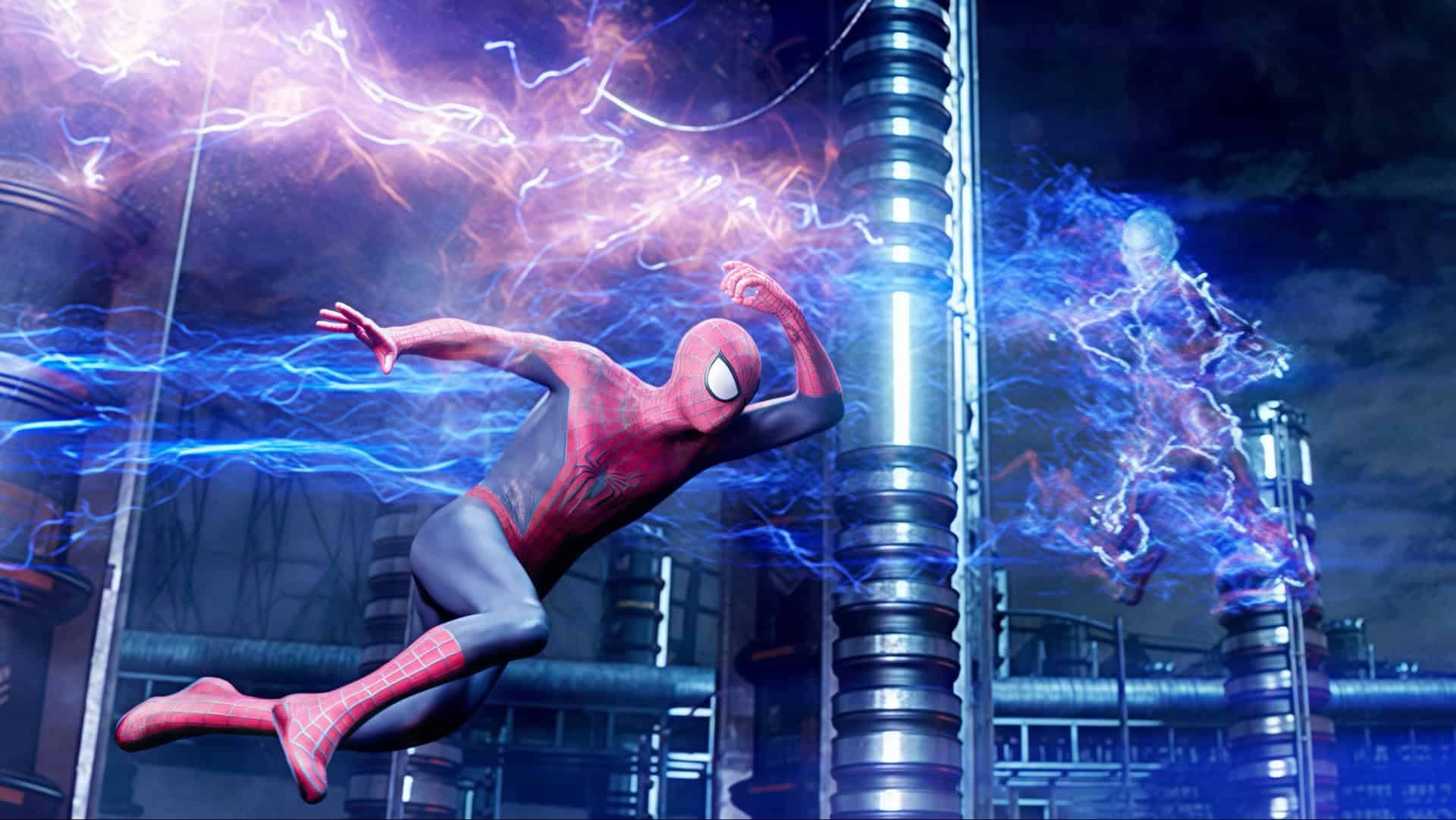Product placement in movies is often a subtle art, but sometimes it misses the mark entirely.
These six movies provide hilarious examples where the attempt to integrate products into the storyline resulted in cringe-worthy or laugh-out-loud moments.
From glaringly obvious logos to awkward dialogues, these films show us what happens when product placement goes wrong.
1. “Mac and Me” (1988)
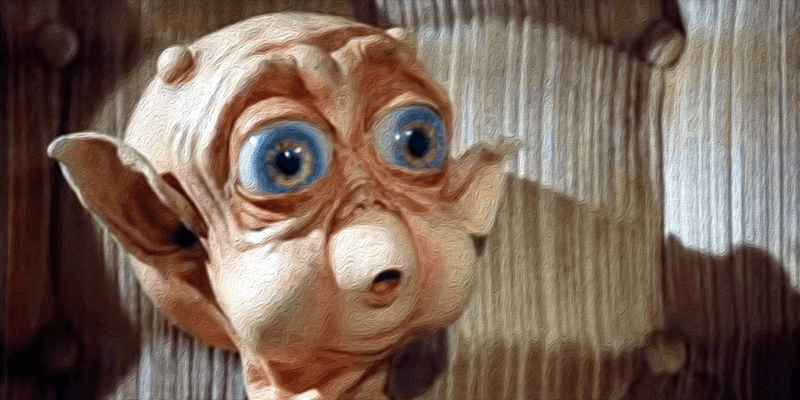
“Mac and Me” is infamous for its over-the-top McDonald’s scene, where a birthday party turns into an impromptu dance-off with Ronald McDonald.
The blatant product placement feels forced, overshadowing the plot entirely. The scene’s sheer absurdity makes it a cult classic moment.
Rather than subtly integrating the brand, the film almost becomes an elaborate commercial. This is a prime example of how not to do product placement in movies.
2. “Spider-Man: The Amazing Spider-Man 2” (2014)
In “The Amazing Spider-Man 2,” product placements are as visible as Spider-Man himself, especially Sony’s ubiquitous presence.
Times Square scenes are saturated with Sony logos, making them impossible to miss. These blatant ads distract from the superhero action, reminding viewers of commercial interests.
Such overpowering branding can overshadow the plot, highlighting the importance of balancing marketing with storytelling to keep the audience engaged without distraction.
3. “I, Robot” (2004)
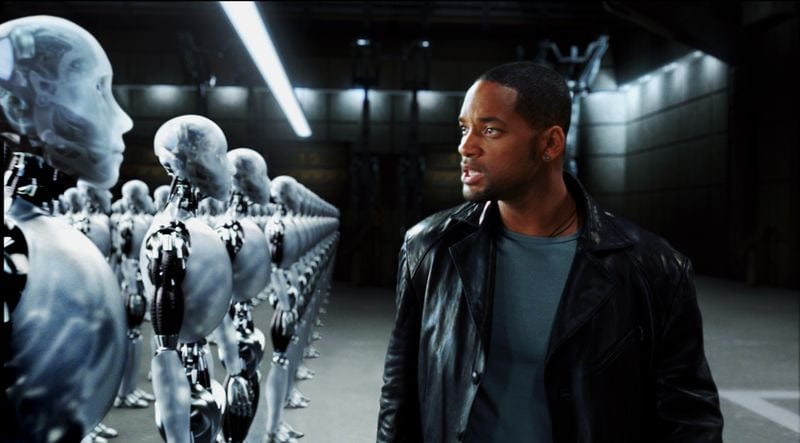
“I, Robot” features Will Smith’s character explicitly praising his vintage Converse sneakers, which stands out starkly against the futuristic backdrop.
This shoe-centric dialogue feels jarring, pulling audiences out of the immersive sci-fi setting. It’s a blatant placement that feels more like a commercial than a casual nod.
Such overt product highlighting detracts from the film’s flow, showing that subtlety often works best in sci-fi narratives.
4. “The Island” (2005)
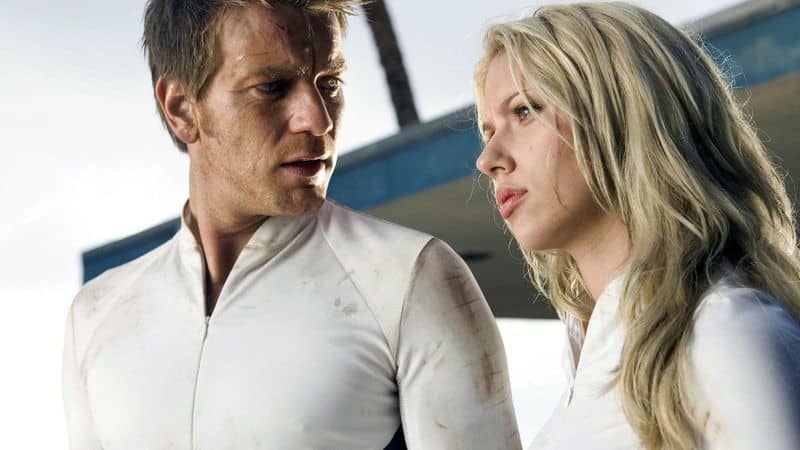
In “The Island,” Ewan McGregor’s character frequently sports a Puma tracksuit, making it impossible to miss the brand.
This futuristic film is peppered with overly conspicuous product placements that pull viewers out of the narrative. The constant brand visibility becomes more of a distraction than an enhancement.
It highlights a lack of subtlety that can detract from viewer immersion, illustrating a placement fail in high-tech surroundings.
5. “Transformers: Age of Extinction” (2014)
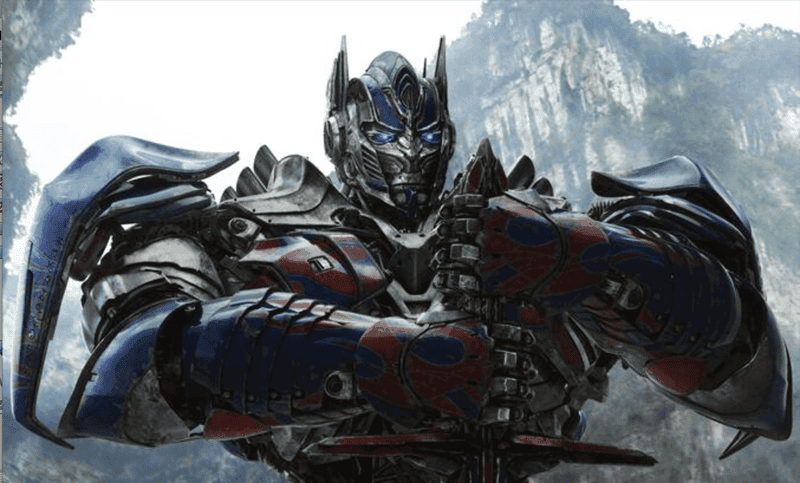
“Transformers: Age of Extinction” features a scene where Mark Wahlberg casually opens a Bud Light amid a chaotic robot battle.
The moment is both surreal and comical, inadvertently turning the intense scene into an unintentional beer commercial.
This obvious product placement interrupts the film’s pacing.
It showcases how overt branding can disrupt the narrative, reminding viewers that less can be more in maintaining suspense and immersion.
6. “Foodfight!” (2012)

“Foodfight!” takes product placement to a new level with its animated brand-filled supermarket.
The film’s plot revolves around mascot characters, making it feel like an hour-and-a-half-long ad.
The over-reliance on known products turns the narrative into a marketing gimmick rather than a compelling story.
This heavy-handed approach illustrates how excessive branding can overwhelm a film’s creative vision, leaving little room for genuine engagement or storytelling.

